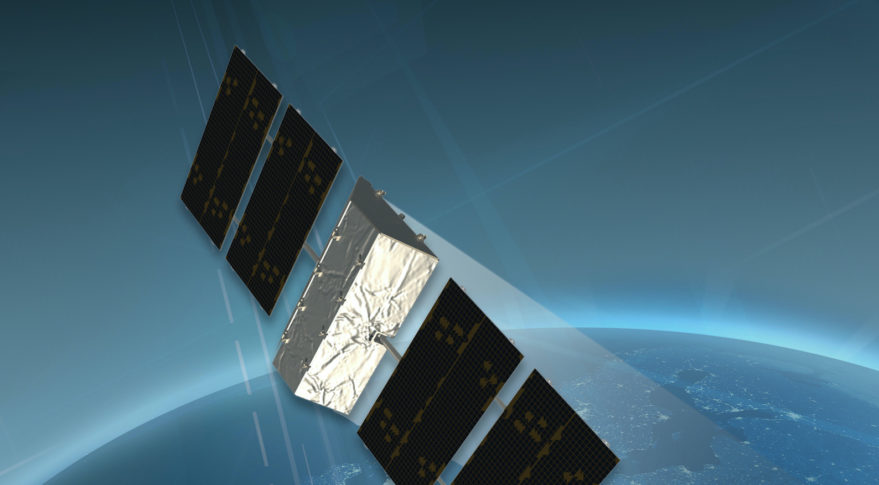
WASHINGTON — The Space Force set a goal to replace custom-built ground stations with a common system that can be used with multiple types of satellites. But the effort is running into roadblocks due to the technical and management challenges of integrating satellites with a new ground architecture, Space Systems Command official Claire Leon said July 14.
“The enterprise ground progress has not been as great as we have wanted it to be. So we are trying to figure out what the vision is, what every program is doing and how to bring all that together,” said Leon, who is the director of the Space Systems Integration Office at the Space Systems Command.
Speaking at a National Security Space Association online forum, Leon mentioned satellite ground systems as one of the top challenges for her office, which was recently established by SSC Commander Lt. Gen. Michael Guetlein to help bring cohesion to space programs that have been managed in silos.
A move away from customized ground systems has been strongly advocated by senior Air Force officials who argue that constellations of missile-warning, communication, weather and GPS satellites should be operated on the ground using common standards to save money and simplify operators’ training.
Leon said the Space Operations Command, which oversees satellite operations, continues to push for a shift to a common ground system but there is still a lot of work to be done.
Space Systems Command recently held a two-day workshop on enterprise ground, Leon said. “There’s been a mandate to transition to an enterprise ground system and get away from ‘every program kind of doing their own thing’ with respect to ground.”
Need for ‘governance process’
A key barrier to the adoption of EGS is that the Space Force lacks a “governance process” for integrating software onto a hardware platform and for deciding what mission unique software should be developed by contractors, and how it should be integrated, she said. “The demand signal coming out of the workshop is that we need to work harder on governance and interfaces to enable programs to be more successful.”
“The mandate is really to address the concerns of SPOC [Space Operations Command] and do a better job at not having 50 different ground systems that look different to operators,” said Leon.
Another challenge is figuring out a realistic schedule and timeline, she said. “We can’t transition everything all at once. So what programs are more important to address near term and what ones are more important to address long term?”
Leon noted that there are multiple pieces to enterprise ground services — like antenna as a service, or flight dynamics — and trying to address them all across many programs is impractical. “So then again, which ones do you want to do first, because you can’t do everything all at once.”
Another goal of EGS is putting systems in place that are easier to maintain and do not tie the Space Force to a specific contractor so there’s more flexibility, said Leon.
The push for a common ground system began in 2018 with a memo signed by then Air Force Space Command Commander Gen. John Raymond, declaring EGS the “common platform to execute satellite operations for tactical command and control of space assets.” To ensure information can be shared, EGS will require “machine to machine exchanges” in all ground systems. They also must use universal messaging standards.”
The first EGS prototype was developed by Parsons as a suite of satellite command-and-control services that uses open standards and a common platform to operate different constellations.

